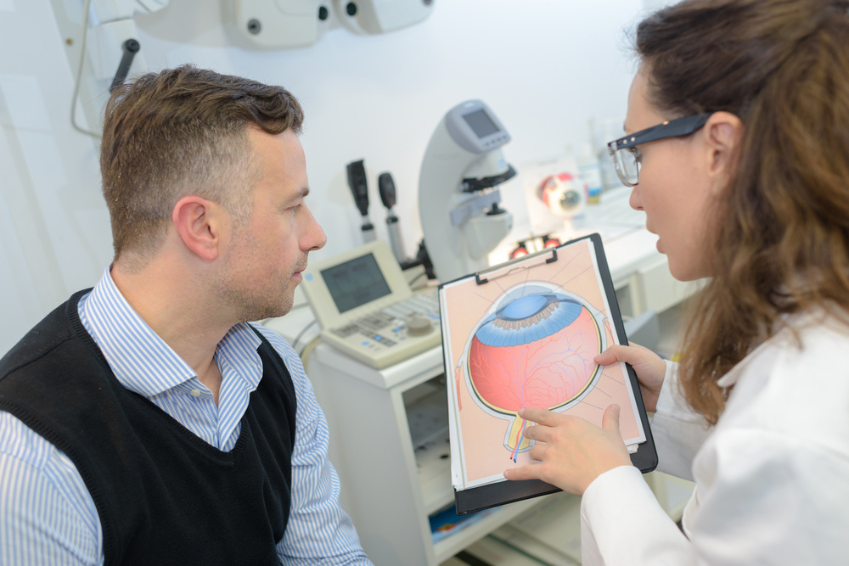Retinitis Pigmentosa diagnosis: recognising and understanding the eye disease

The precise diagnosis of retinitis pigmentosa enables customised treatment strategies using a variety of methods.
The diagnosis of retinitis pigmentosa requires a comprehensive approach that combines various examination methods to provide an accurate assessment of the disease.
From history taking to genetic testing, these techniques provide valuable information about the condition of the eyes and the underlying genetic factors.
Here we take a closer look at the diagnostic tools and techniques ophthalmologists use to identify and understand RP.
Medical history and clinical examination for Retinitis Pigmentosa diagnosis: assessment of symptoms and medical history
The diagnosis of retinitis pigmentosa begins with a detailed medical history and clinical examination, during which the doctor gathers information about the patient’s symptoms, medical history and family history.
This information is crucial for assessing the disease and planning further investigations.
Comprehensive eye examination for Retinitis Rigmentosa diagnosis: assessment of various eye parameters
A thorough eye examination is conducted as part of the retinitis pigmentosa diagnosis. During this eye examination, the ophthalmologist assesses
- visual acuity
- the intraocular pressure
- pupil reaction
- the mobility of the eyes
- and the condition of the lens
This examination provides important information about the state of health of the eyes and supports the diagnosis.
Visual field test and imaging procedures for Retinitis Pigmentosa diagnosis: identification of changes in the visual field and the retina
The visual field test is an essential part of the retinitis pigmentosa diagnosis. It measures the patient’s peripheral vision and helps to identify restrictions in the field of vision, such as tunnel vision.
Imaging procedures such as slit lamp examination and indirect ophthalmoscopy are also used to assess the condition of the retina and identify characteristic changes such as pigment deposits.
Electroretinographic (ERG) examination for Retinitis Pigmentosa diagnosis: recording of electrical signals in the retina
The ERG examination – or electroretinogram – is an important technique for confirming the diagnosis of retinitis pigmentosa. It measures electrical signals generated by the light-sensitive cells in the retina in response to light stimuli.
Analysing the ERG pattern provides valuable information about the condition of the retina and contributes to an accurate diagnosis.
Genetic testing in Retinitis Pigmentosa diagnosis: identification of genetic mutations
Genetic mutations play a crucial role in the development of retinitis pigmentosa. Genetic testing can help to identify specific mutations and deepen the understanding of inheritance patterns.
These tests provide important information about the genetic background of the disease and support the diagnosis.
Holistic approach for precise diagnosis of Retinitis Pigmentosa
The diagnosis of retinitis pigmentosa requires a holistic approach that combines clinical examinations, imaging techniques and genetic testing.
An accurate diagnosis is crucial to enable appropriate treatment and support for those affected and to better understand the progression of the disease.
Conclusion: Retinitis Pigmentosa diagnosis
The precise diagnosis of retinitis pigmentosa enables individualised treatment strategies through a variety of methods.
Early symptom recognition and collaboration with specialists are crucial to slowing progression and maintaining quality of life.

